Why smart surface technologies are defining the next generation of water filtration
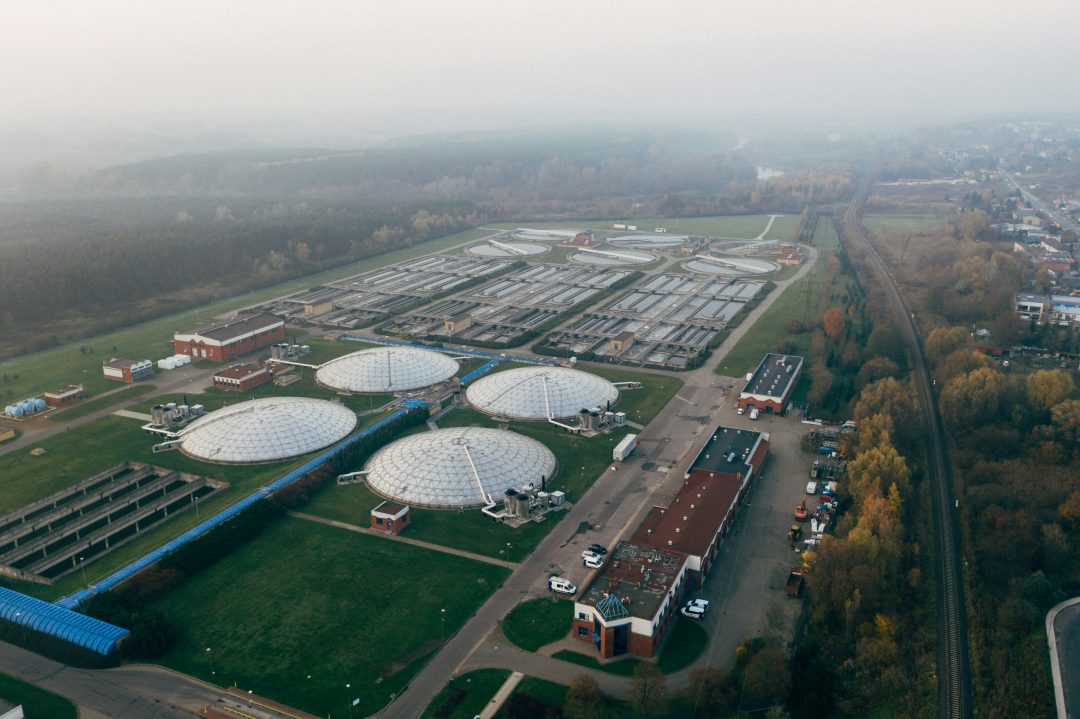
Water purification is evolving — and „smart surfaces“ make the differenceTraditional filters and membranes often reach their limits when it comes to modern challenges such as PFAS, drug residues, nanoplastics and complex mixed impurities. New approaches are therefore relying on so-called smart-surface technologies: membranes or filter materials whose surfaces are designed for nanosubbes or microbes […]
The Truth About Activated Carbon: Why Some Filters Barely Remove PFAS & Pharmaceuticals – And Others Excel
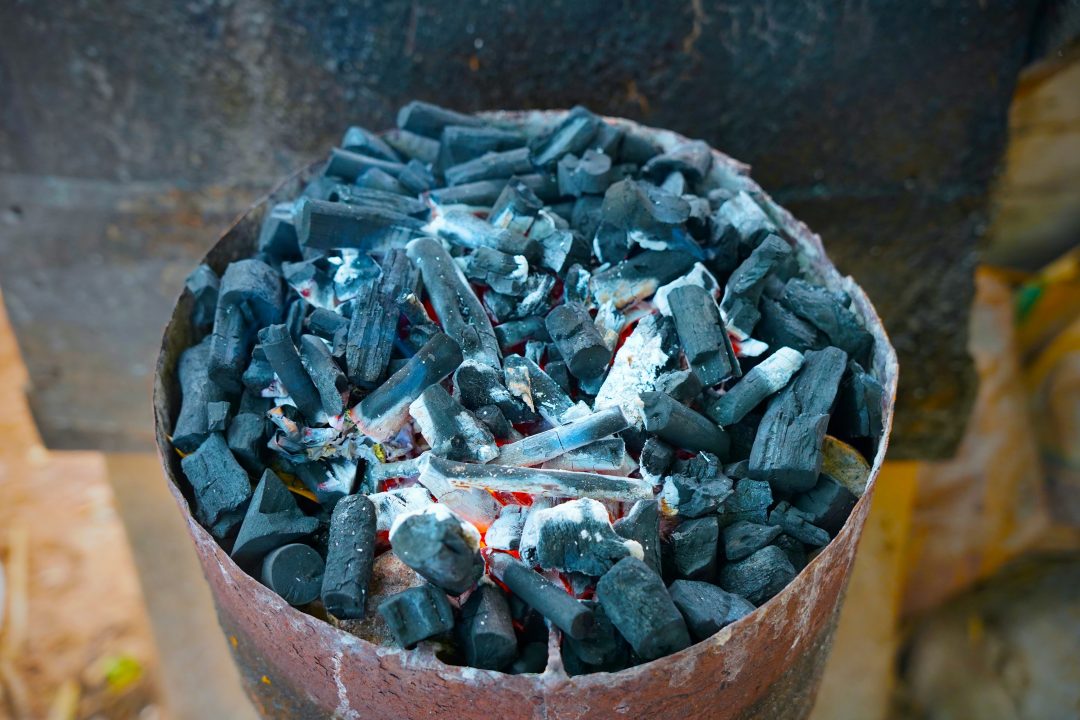
Activated carbon is not a universal solutionThe effectiveness of activated carbon depends heavily on its pore structure, surface area and contact time. Many consumer-grade filters use coarse or low-volume carbon layers that are insufficient for removing persistent contaminants. Research shows that only high-surface-area microporous carbon (PAC or high-grade GAC) can reliably adsorb PFAS and pharmaceutical […]
The Future of Water Filtration — From Mechanical Barriers to Molecular Precision
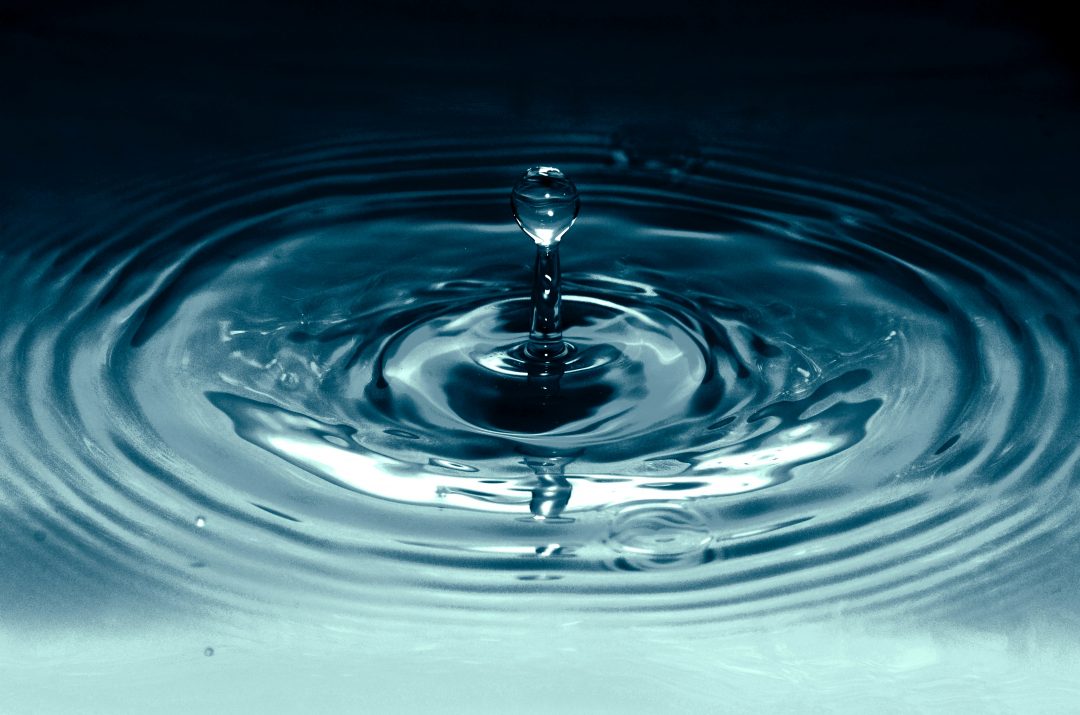
Beyond Filtering — Towards Molecular EngineeringTraditional filtration relies on physical separation — trapping particles by size. But modern contaminants like nanoplastics, PFAS, pharmaceutical residues, and endocrine disruptors demand a new paradigm: molecular filtration.According to Advanced Materials (2025), next-generation filter media based on functionalized silica, graphene composites, and ion-exchange nanostructures can selectively bind chemical pollutants with […]
How Climate Change Intensifies Chemical and Plastic Pollution in Water Systems

A Warming Planet, a Toxic CycleClimate change doesn’t only melt glaciers — it magnifies water contamination. Rising temperatures, droughts, and floods accelerate the breakdown of plastics, releasing micro- and nanoplastic fragments into rivers and aquifers. According to Nature Climate Change (2024), extreme heat and UV radiation increase polymer degradation by over 60 %, while storm […]
From River to Brain — Tracking the Journey of Plastic Pollution
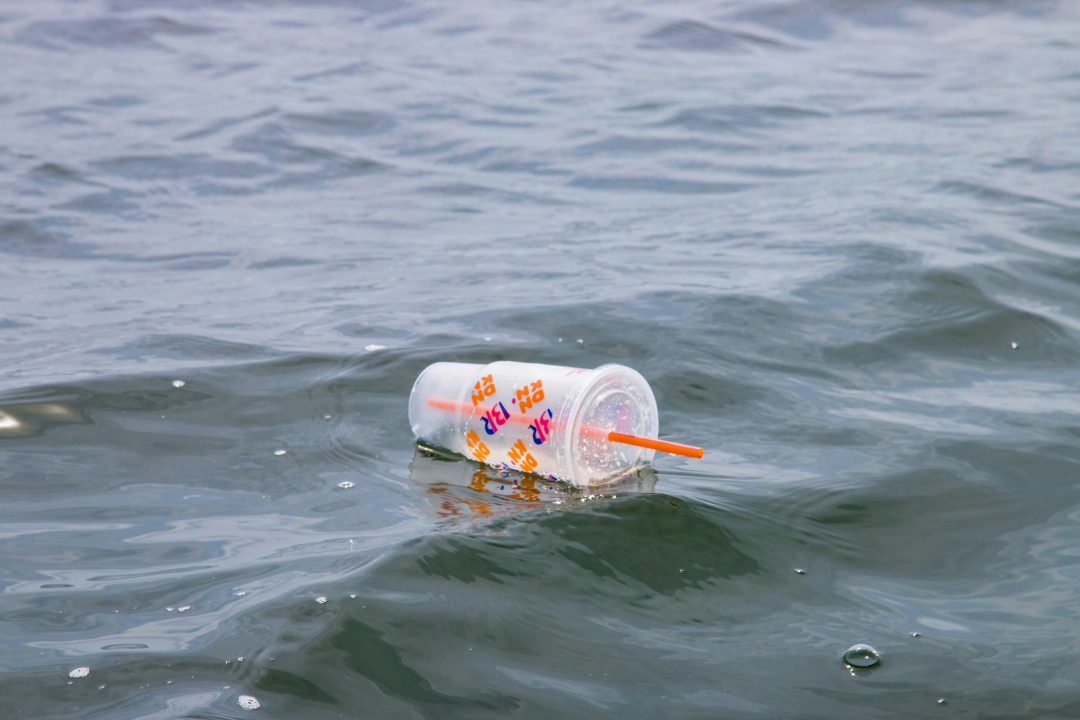
The Plastic Pathway Through the Planet — and the BodyEvery plastic fragment that enters a river begins a journey that doesn’t end in the ocean — it ends in us. Studies in Nature Geoscience (2024) reveal that micro- and nanoplastics migrate through river sediments into groundwater, drinking systems, and ultimately the bloodstream. Once circulating, these […]
Microplastics in Groundwater — The Next Frontier of Environmental Regulation
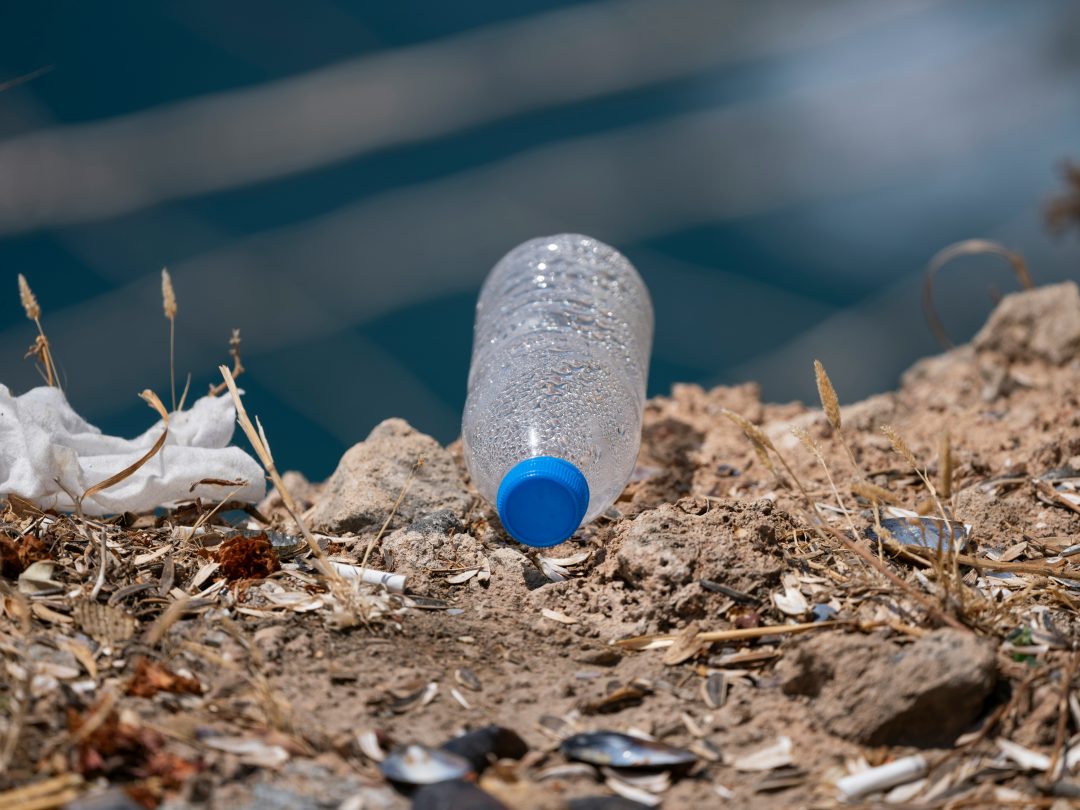
The Pollution We Can’t See Beneath Our FeetWhile oceans and surface waters dominate the headlines, a quieter crisis is unfolding underground. Studies across Europe and Asia (Environmental Science & Pollution Research, 2024) reveal that microplastics have infiltrated groundwater aquifers — the primary source of drinking water for nearly half the global population.These particles originate from […]
Can Filtered Water Reduce Chronic Fatigue? – The Science Behind Detox at the Molecular Scale
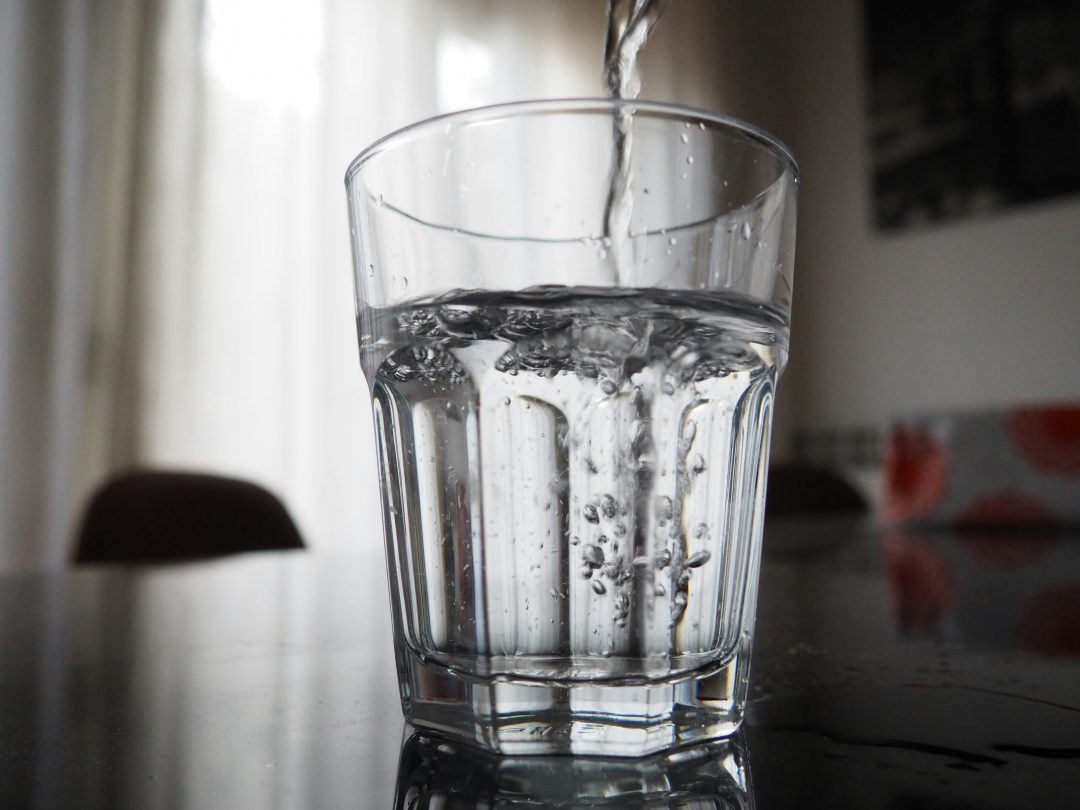
Fatigue Starts Where Cellular Stress BeginsChronic fatigue often stems from cellular overload — an accumulation of toxins, oxidative stress, and metabolic byproducts that the body struggles to eliminate. Recent findings (Journal of Environmental Toxicology, 2024) show that exposure to microplastics, PFAS, and heavy metals in drinking water can disrupt mitochondrial energy production, impair detoxification pathways, […]
Water, Immunity, and Inflammation — The Overlooked Link
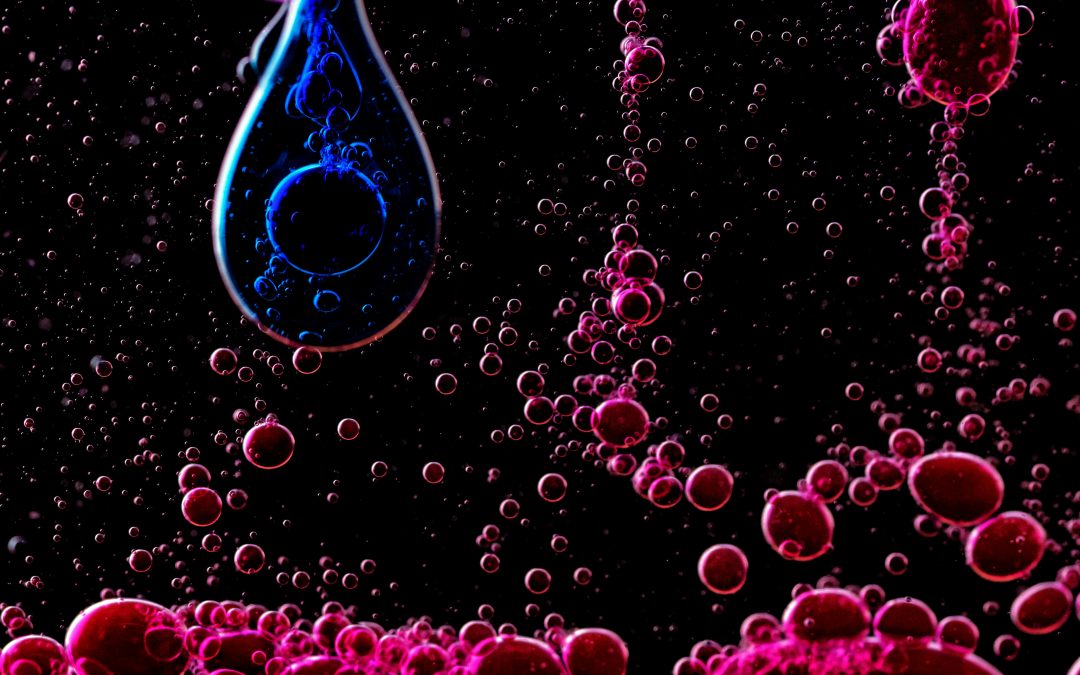
Your Immune System Starts with What You DrinkThe human immune system depends on the body’s ability to maintain internal balance — a process directly influenced by water quality. When drinking water carries microplastics, PFAS, heavy metals, or chlorine byproducts, these compounds can trigger low-grade inflammation and disrupt immune regulation (Frontiers in Immunology, 2024).Microplastics, in particular, […]
How Household Plumbing Becomes a Source of Microplastic Exposure

The Hidden Source Inside Your HomeWhile global attention focuses on plastic pollution in oceans and bottled water, few realize that household plumbing systems themselves can release microplastics. Aging pipes made from PVC, PEX, or polypropylene degrade under heat, water pressure, and chlorine exposure — shedding microscopic fragments directly into drinking water.A 2024 study in Environmental […]
How Nanoplastics Bypass the Body’s Natural Barriers (Lungs, Placenta, Brain)
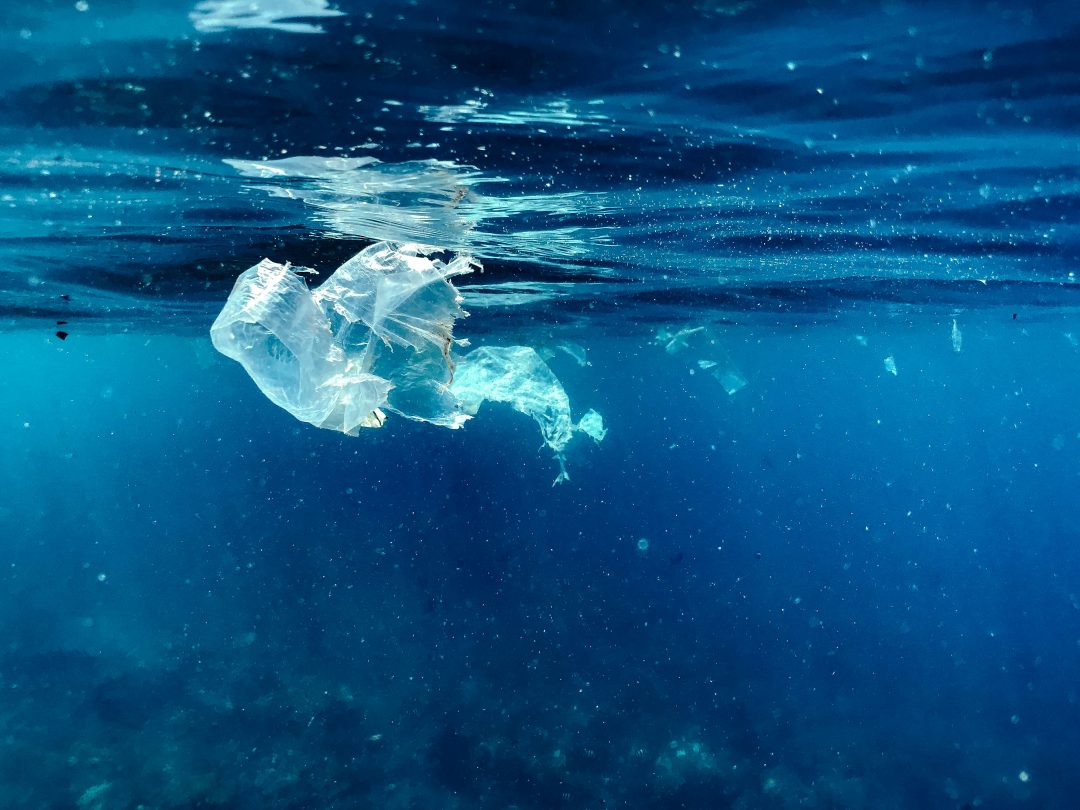
Crossing the Body’s Defenses The human body is built with barriers — the lungs, the placenta, and the blood–brain barrier — designed to block harmful particles. Yet nanoplastics, fragments smaller than 1 µm, are now proven to cross these protective walls.A 2024 study, Translocation of Nanoplastics Across Biological Barriers (Nature Nanotechnology), demonstrated that particles as […]